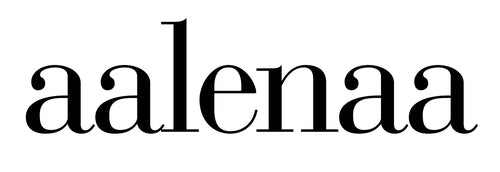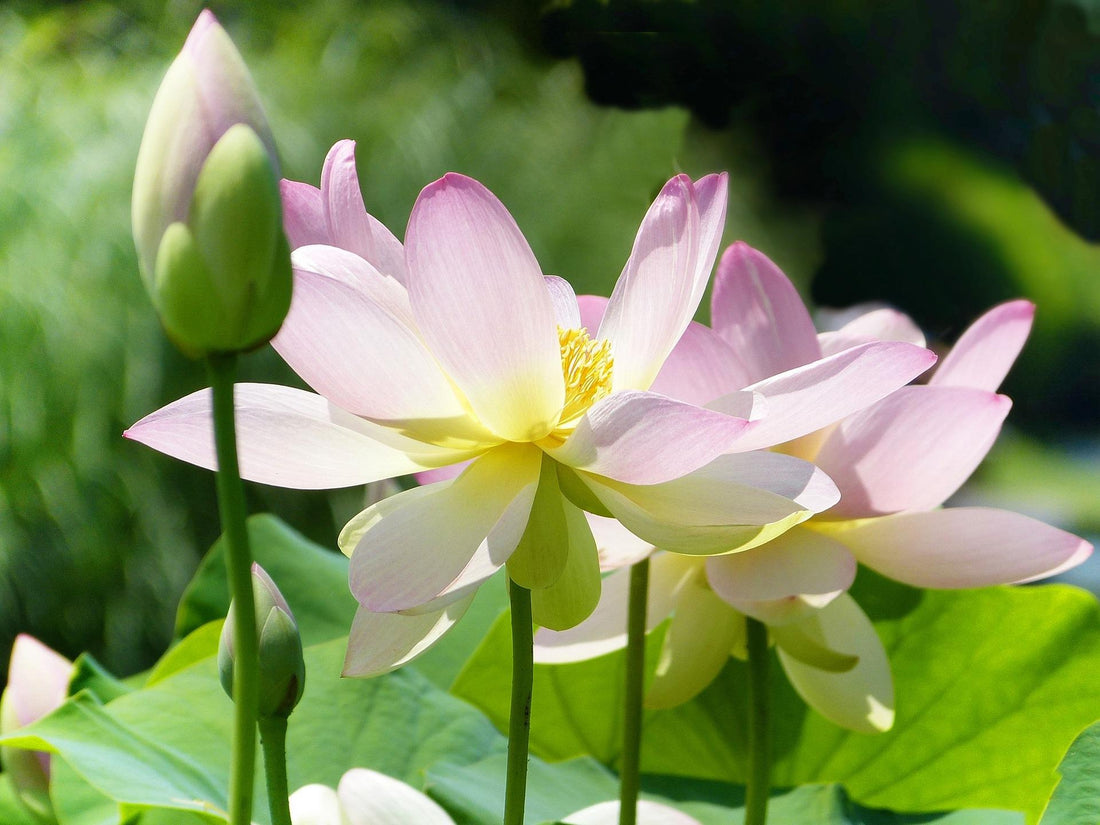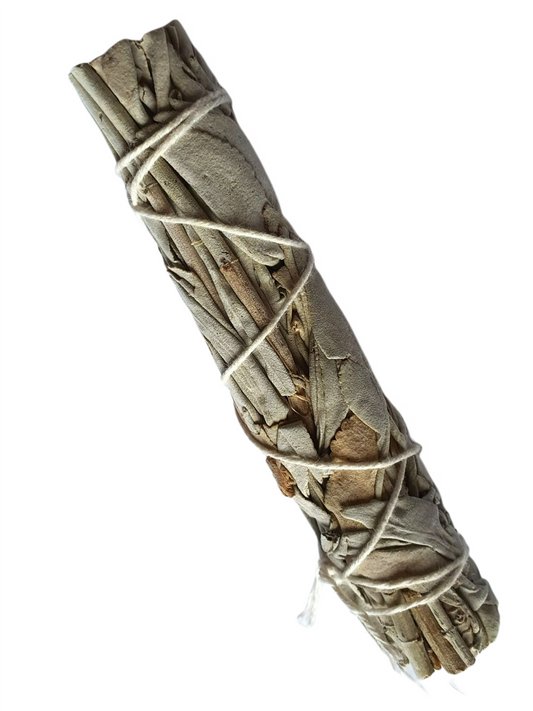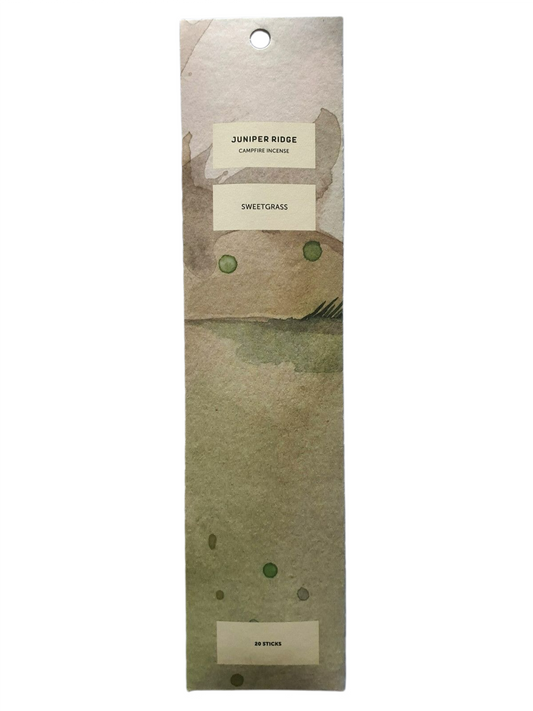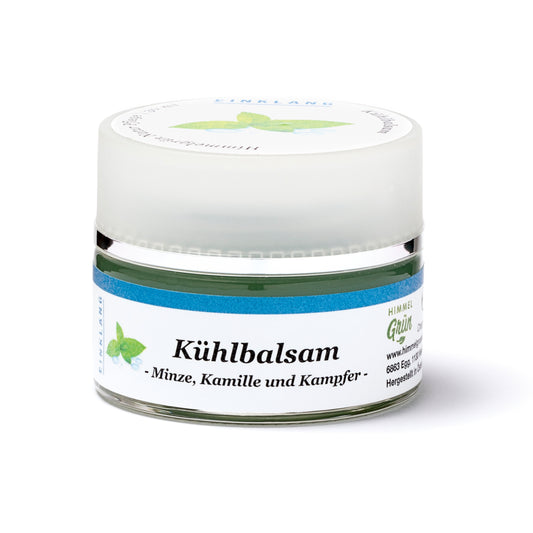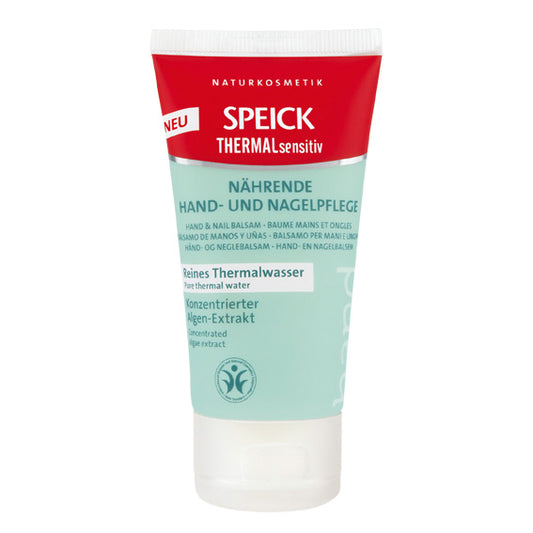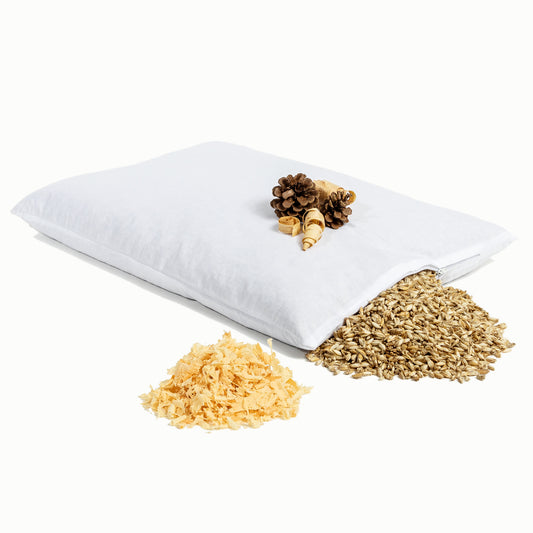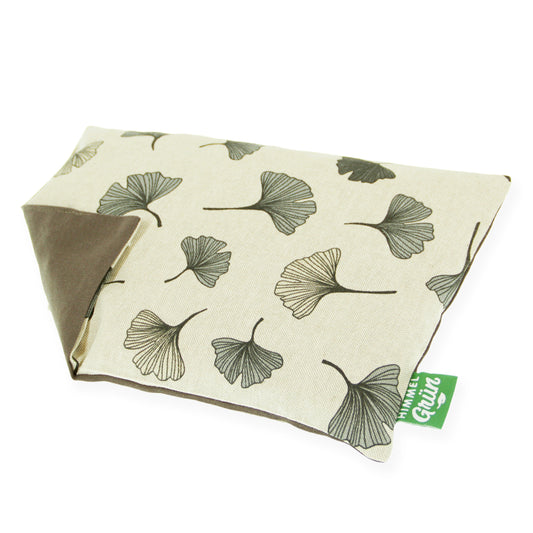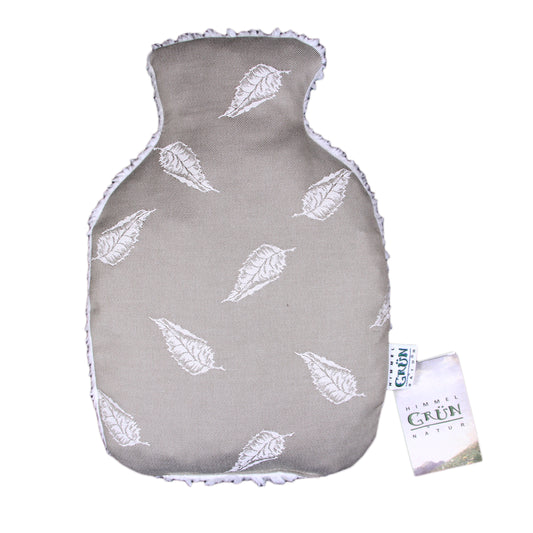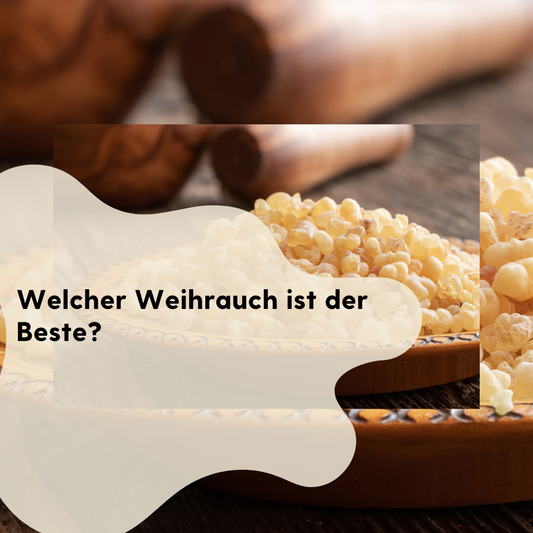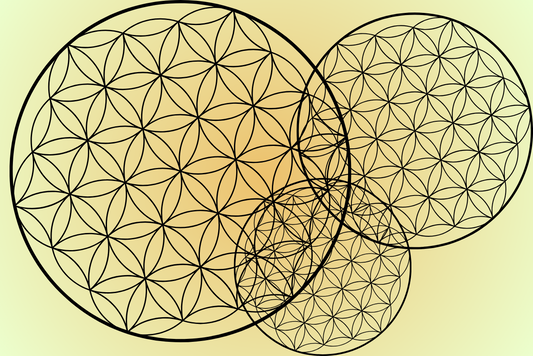There are different forms of detoxification in traditional Ayurvedic medicine. The most well-known method is the Panchakarma cure.
This combines five different forms of detoxification over a period of at least three weeks.
I myself was able to learn a lot about Ayurveda and especially about detoxification during my time in India at an Ayurvedic training institute and in an ashram.
If you have read about Ayurveda and detoxification before, you will have quickly found out that there are three different constitutional types (Pitta, Vata and Kapha) and that a treatment method or lifestyle tips are only given once this constitutional type has been determined.
Why do you do a Panchakarma cure?
There are many approaches here, such as chronic illnesses, burnout, obesity, prevention, monky mind, anti-aging, mainly imbalances between body and mind.
Panchakarma cure is also determined according to this principle. Therefore one can in the
Ayurvedic medicine never set the ultimate for all of us. And that's what I love about Ayurveda.
There is no generalization and every person is viewed very holistically in Ayurveda.
Nevertheless, here you get a small overview of the detoxification methods that are used in the Panchakarma cure.
What are the possibilities of detoxification in Ayurveda?
Therapeutic vomiting (Vamana), purgative therapy (Virechana), enema (Basti/Vasti),
Nose and Sinus Treatment (Nasya) and Blood Purification Therapy (Raktamokshana).
A Panchakarma cure for detoxification consists of a preparation phase, a drainage phase and a build-up phase. For example, the goal of laxative therapy (Virechana) is to eliminate toxins with the help of an ayurvedic herbal laxative (ayurvedic chocolate). The body should empty itself completely here and a detoxification of the body should take place. How the body is rid of unnecessary toxins differs from dosha to dosha.
Light food should be eaten during the entire treatment, as this naturally helps our body to promote detoxification better and faster. Please don't be put off by one or the other application, I know that some things don't sound appealing, but every detoxification process takes place under medical supervision.
For many, however, the Panchakarma cure is very helpful, as the entire organism is cleaned and then an intensive build-up phase takes place.
Despite the many treatments, which are not always pleasant, Ayurvedic massages take place regularly during the cure to support the detoxification process
and of course to help you relax. Massages (eg Shiro-Abhyanga, the head oil massage or Patra Pinda Sveda - the herbal stamp massage) support the process of detoxification because the toxins are passed on to the gastrointestinal tract by certain sequences of movements.
Of course, this principle can also be observed when rubbing in oils yourself.
For many, this is the highlight of the cure. On the one hand, because many people can really let themselves go during the massage, but also because the skin always feels so soft afterwards.

This feeling lasts for quite a while, as a lot of warm oil and recurring gentle strokes are used.
When I was allowed to learn at the Ayurvedic institute myself, I naturally had my dosha (constitution type) determined on the first day.
On the one hand because I wanted to know whether my diet suits me and on the other hand,
because I was very interested in changing certain daily rituals or routines.
I did a lot of things intuitively right back then, but of course I learned a few new things.
The best thing for me was that I oiled myself from head to toe with coconut oil every day.
I'm trying to keep up this routine until now.
At that time it was very hot in India, so many take coconut oil because it is something
has a cooling effect. Depending on the dosha, sesame oil is also recommended, which has a warming effect and stays on the skin a little longer.
In winter, I like to rub sesame oil on my feet before going to bed, not only to warm and care for my feet, but also to stimulate specific pressure points in the foot.

If you don't know your dosha yet, I can warmly recommend that you have your dosha determined, as there is still so much about your body and everything that goes with it,
discover admits. A Panchakarma cure is of course a break that you should treat yourself to, since a Panchakarma cure is difficult to integrate into everyday life. A Panchakarma cure is not recommended in everyday life, but if you want to do something good for yourself, an occasional Ayurvedic massage is very supportive and beneficial.
Your Helene
